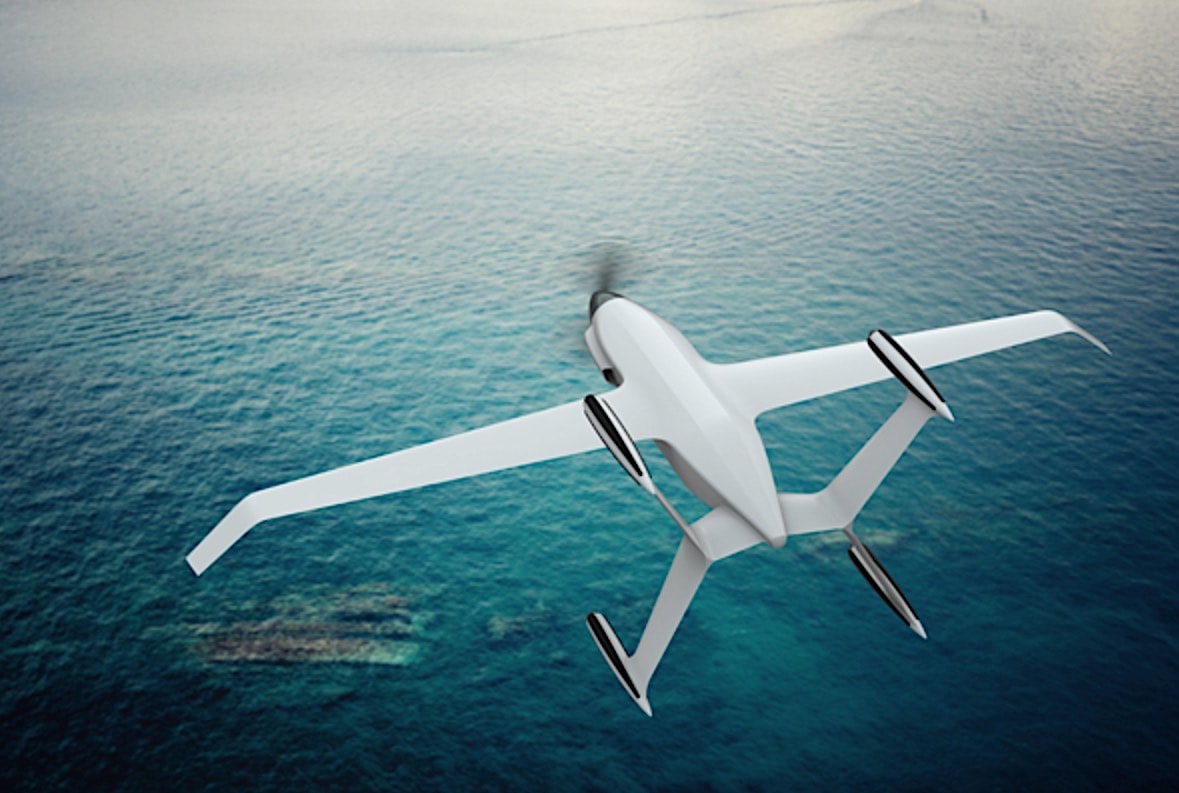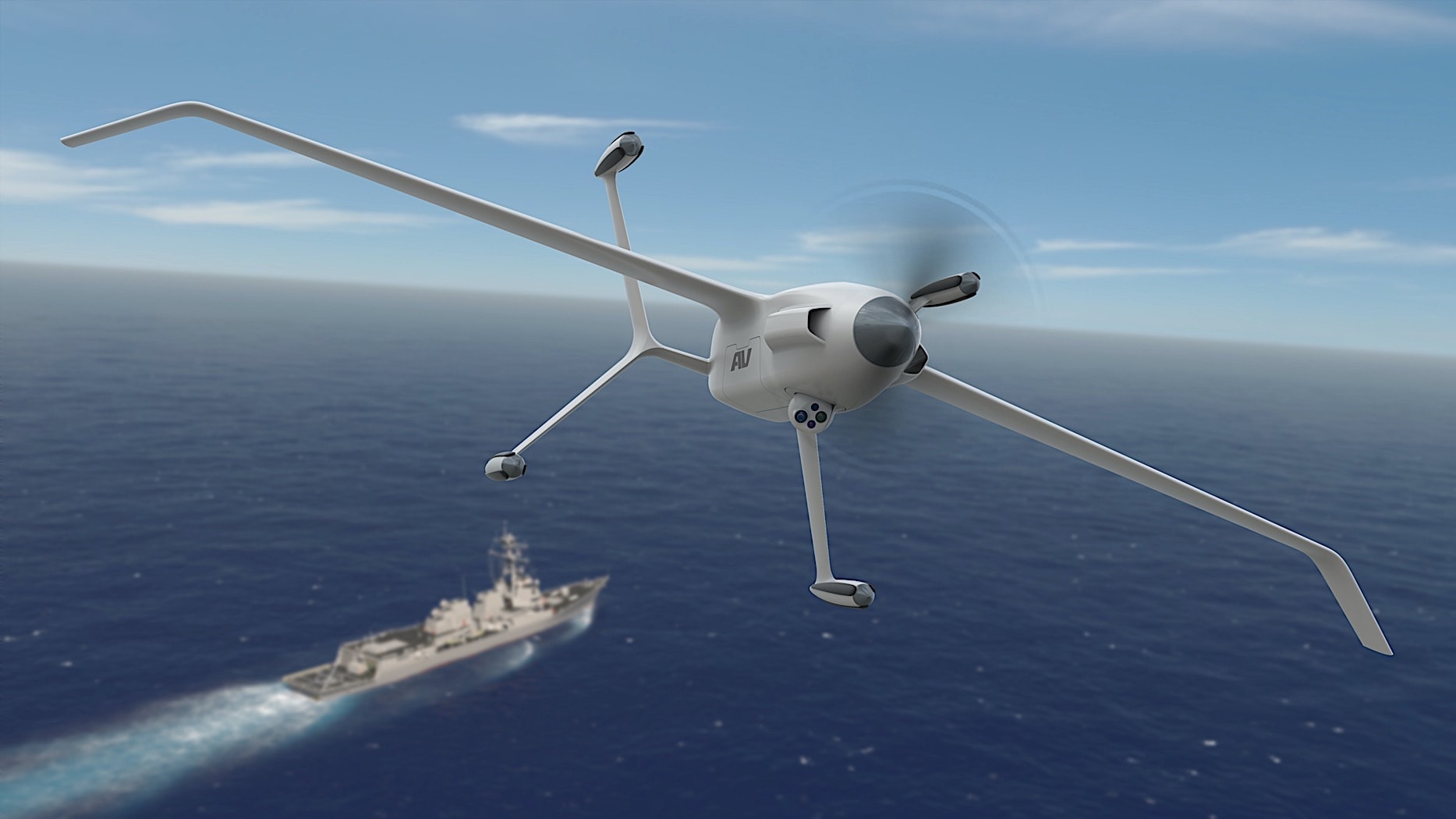To enhance the capabilities of the U.S. Navy and Marine Corps, the ANCILLARY program Advanced Aircraft Infrastructure-Less Launch and Recovery aims to develop innovative uncrewed aircraft systems (UAS) that can operate primarily from ships without needing extensive infrastructure for launch and recovery.
These drones are required to be lightweight, carry up to a 60-pound payload, travel distances up to 518 miles, and sustain a 12-hour endurance.
DARPA announced in the summer of 2023 that nine companies, including AeroVironment, AVX Aircraft, Griffon Aerospace, Karem Aircraft, Leidos, Method Aeronautics, Northrop Grumman, Piasecki Aircraft, and Sikorsky, are competing in this program. Recently, some of these companies advanced to the next phase, showcasing their drone designs.

AeroVironment, renowned for their military drones like the Raven, Puma AE, and JUMP, has introduced the Wildcat, a tail-sitting VTOL aircraft tailored for the Navy’s challenging maritime operations.
While complete details about the Wildcat remain under wraps, it incorporates machine learning-enabled computer vision for ISR (intelligence, surveillance, and reconnaissance) missions.
It can reach speeds exceeding 115 mph (185 kph) and operates cohesively within a fleet, utilizing collision avoidance systems. Although DARPA targets having a functional drone by 2026, it is still uncertain which designs will ultimately be produced.

